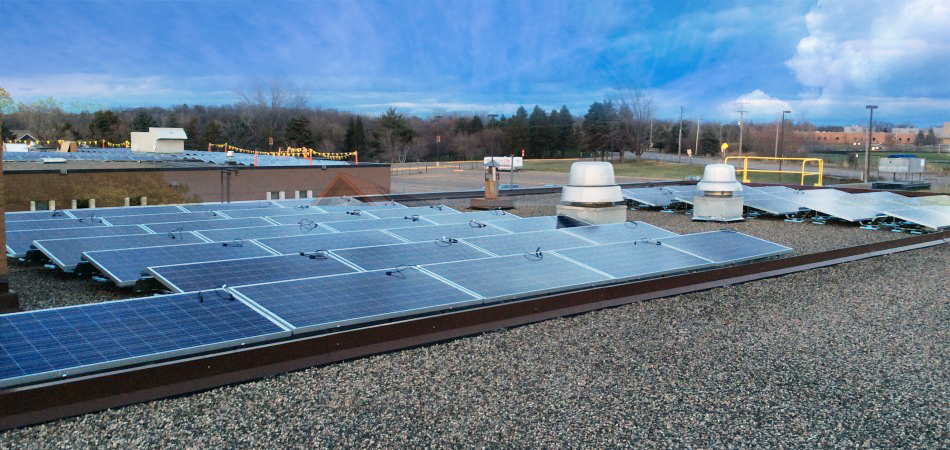Did you know that Microsoft recently agreed to buy 100 percent of the nuclear power output at Three Mile Island (yes, that Three Mile Island)? The tech giant is making this investment to power its AI ambitions, as AI is an energy-intensive technology. Google and Amazon have announced plans to invest in their own, smaller nuclear reactors to power their increased energy needs.
These dramatic moves highlight the strain that economic growth and expanded consumption are putting on our legacy energy system. While experts predict oil and gas will continue to be the primary energy source for electricity over the next 10 years, these finite resources will not be adequate to supply growing demand. The Energy Information Administration believes it is possible that our energy consumption will double in the next 25 years. Relying on oil and gas simply won’t cut it.
So, while big tech is making big investments in alternative energy sources to fuel their growth, they are certainly not alone. Small and medium-sized businesses of all stripes are adopting sustainability plans and investing in tools and technologies that will allow them to reduce their carbon footprints, build resiliency in their power supply, and attract younger, talented workers who increasingly expect companies to have plans to address climate change. Solar energy systems are the cornerstones of many sustainability plans.
Making the Switch to Solar Energy
If building your own nuclear reactor for your small to medium-sized business isn’t in the cards, you can still reduce your company’s reliance on fossil fuels, while building resiliency into your electrical supply, and saving on your utility bill. The answer is solar.
Solar energy is a renewable energy source that can power all of your facility’s electricity needs. Solar energy systems generate power whenever the sun is shining, and incorporating battery storage into your system allows you to bank energy to power your overnight shift or provide backup power in the event of an outage. Plus, any excess energy your system produces can be sold back to the grid for credits on your utility bill.
If you’re ready to make the switch to solar, TruNorth Solar will consult with you on the ideal site for your solar energy system and whether a rooftop installation or ground-mounted array would be best for your facility. We will discuss the system size and capacity that will power you now and into the future. We can share options for battery storage and explain your utility’s solar net metering program.
Want to work with a reputable, local Minnesota solar installer? Get in touch with the experts at TruNorth Solar today for a free estimate on your company’s solar energy system.



